11 Calming Techniques for Young Students with Anxiety
October 12, 2023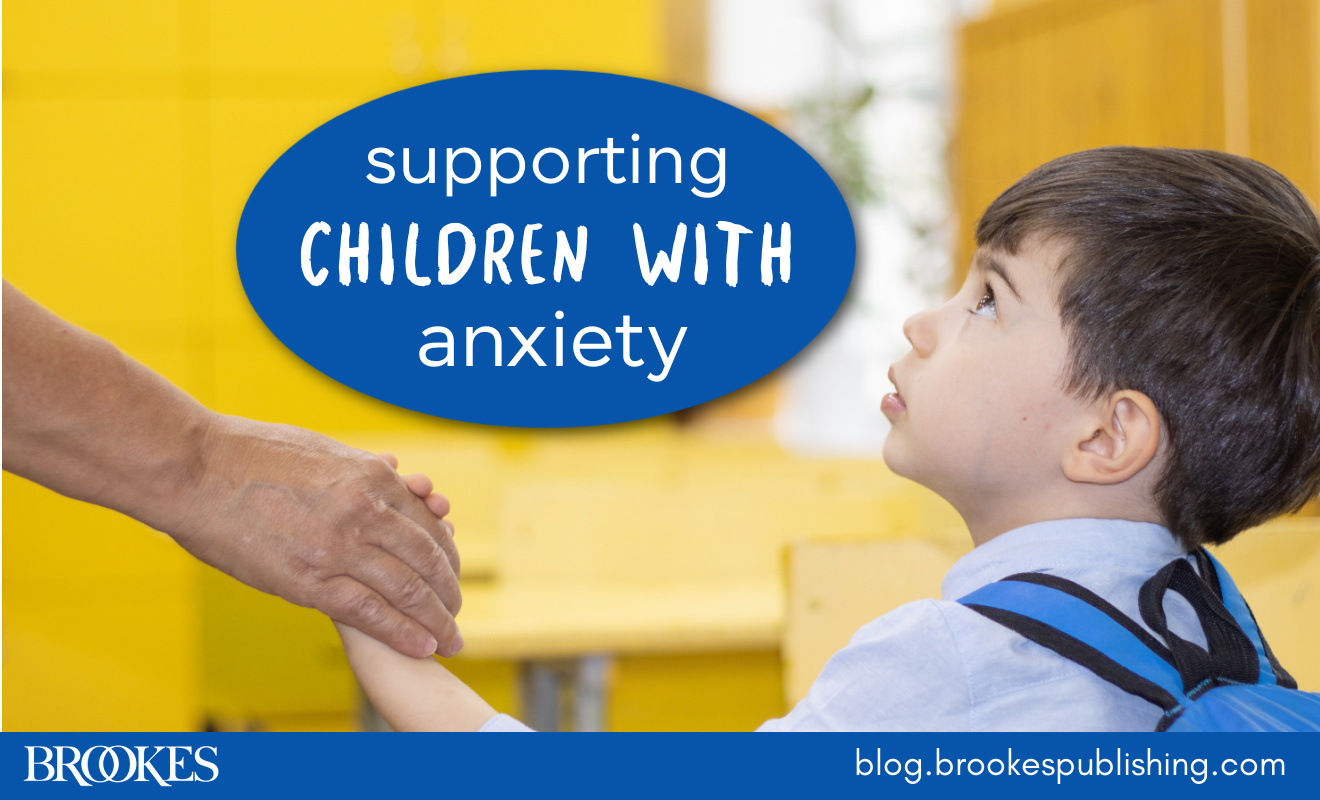
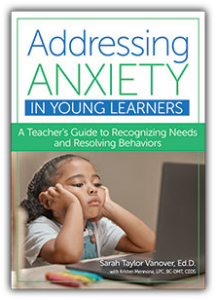 When a child with anxiety gets overwhelmed in the classroom, calming down can be tough. Teachers need a toolkit of fun and practical strategies to help students with anxiety calm down and get regulated so they’re ready to learn. Today’s post, adapted from the new book Addressing Anxiety in Young Learners by Sarah Taylor Vanover with Kristen Mennona, offers 11 calming techniques to try with young learners in your classroom.
When a child with anxiety gets overwhelmed in the classroom, calming down can be tough. Teachers need a toolkit of fun and practical strategies to help students with anxiety calm down and get regulated so they’re ready to learn. Today’s post, adapted from the new book Addressing Anxiety in Young Learners by Sarah Taylor Vanover with Kristen Mennona, offers 11 calming techniques to try with young learners in your classroom.
Blow bubbles. Blowing bubbles requires a child to focus on breathing. Instead of blowing as many small bubbles as possible, it will benefit the child to blow one large bubble, which will require deeper breathing.
Give the child a weighted vest or blanket to wear for a deep-pressure feeling. If you choose to use a deep-pressure item, such as a blanket or vest, it is essential that the vest or blanket be made for the size of the children in the classroom. If the blanket or vest is too heavy, it can make it difficult for the child to take deep breaths.
Provide a yoga mat and yoga picture cards in one corner of the classroom that children can use when they want to slow down their bodies.
Use a “calm-down jar.” Calm-down jars are an easy craft in the preschool or elementary school classroom. Fill an empty water bottle with water, cooking oil, and glitter. Make sure to secure the top of the jar with something sturdy, such as strong glue. The child can shake the bottle and then watch the glitter slowly float around the bottle. It has the slow and calming effect of watching a lava lamp or fish swim in a fish tank.
Blow on a pinwheel. Keep a couple of pinwheels in the classroom just to help children who need to focus on breathing. This can have the same effect as blowing bubbles but without the mess. Prompt the child to use one slow breath or short bursts of air. The overall purpose is to focus the child on her breathing patterns and eventually begin to self-regulate again.
Reach for the art supplies. When some children become anxious or angry, art supplies can be one of the best cures. A lot of classroom “calm-down” corners include a bag of art supplies to use to draw or color. It may also allow an upset child to tell the teacher about what triggered his anxiety.
Try a movement break. Offer the child a movement break outside the classroom, where an adult can allow the child to run, crab walk, or bear crawl or to perform other deep-pressure movements.
Do some deep belly breathing. Have the child lie on the floor. Take a small toy, such as a miniature car or a small stuffed animal, and place it on his stomach. Ask the child to take deep belly breaths and watch the toy go on a roller coaster ride. The goal is for slow breaths that show the child that the stomach is moving up and down. When the car or the stuffed animal fall off the stomach, then the child gets a point. See how many points he can collect while doing deep breathing.
Pop bubble wrap. Having extra bubble wrap in the classroom can be a great way to help a child self-regulate. Due to the sound of the bubble wrap popping, this activity may work best in the hallway or outside. Allow the child to jump up and down on the bubble wrap to take out any frustration or anxiety. Once the child begins to slow down (or becomes tired), she may be able to express her emotions with words again.
Pretend to be spaghetti. Have the child lie down on the floor and first pretend to be uncooked spaghetti, where she makes her entire body tense to look like a straight line. Then, tell the child to be cooked spaghetti and wiggle around on the floor. Ask the child to go back and forth from these two movements from a tense position to a loose position.
Roll a tennis ball. Have the child stand up and lean against a classroom wall. Put the tennis ball between the wall and the child’s back. The child leans on the tennis ball, rolling the ball on the wall without letting it fall and hit the ground. The activity creates deep pressure and allows the child to focus on the game of not dropping the ball.
Note that some of these activities may require practice for children to complete them at a heightened stress level. Give students a chance to practice the activity when they are not anxious or stressed. Many of these activities would be appropriate to practice with the class as a whole—for example, you might have the entire class practice yoga poses together on a day when they cannot go outside for recess. Other activities might be something that a child could practice during free play, or that the special education teacher could practice with the child.
Need more guidance on understanding young learners with anxiety so you can better support them? Be sure to check out the book behind today’s post!

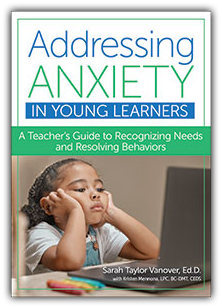
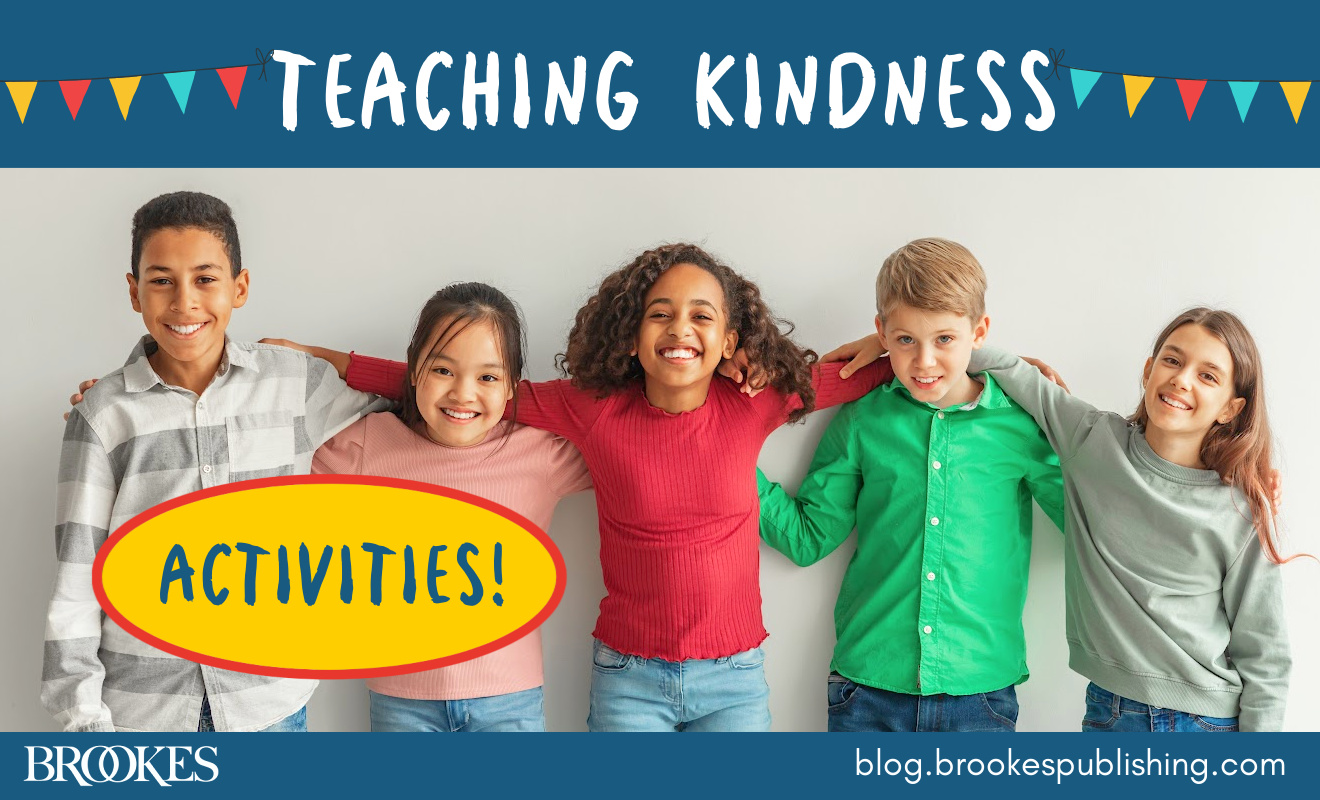
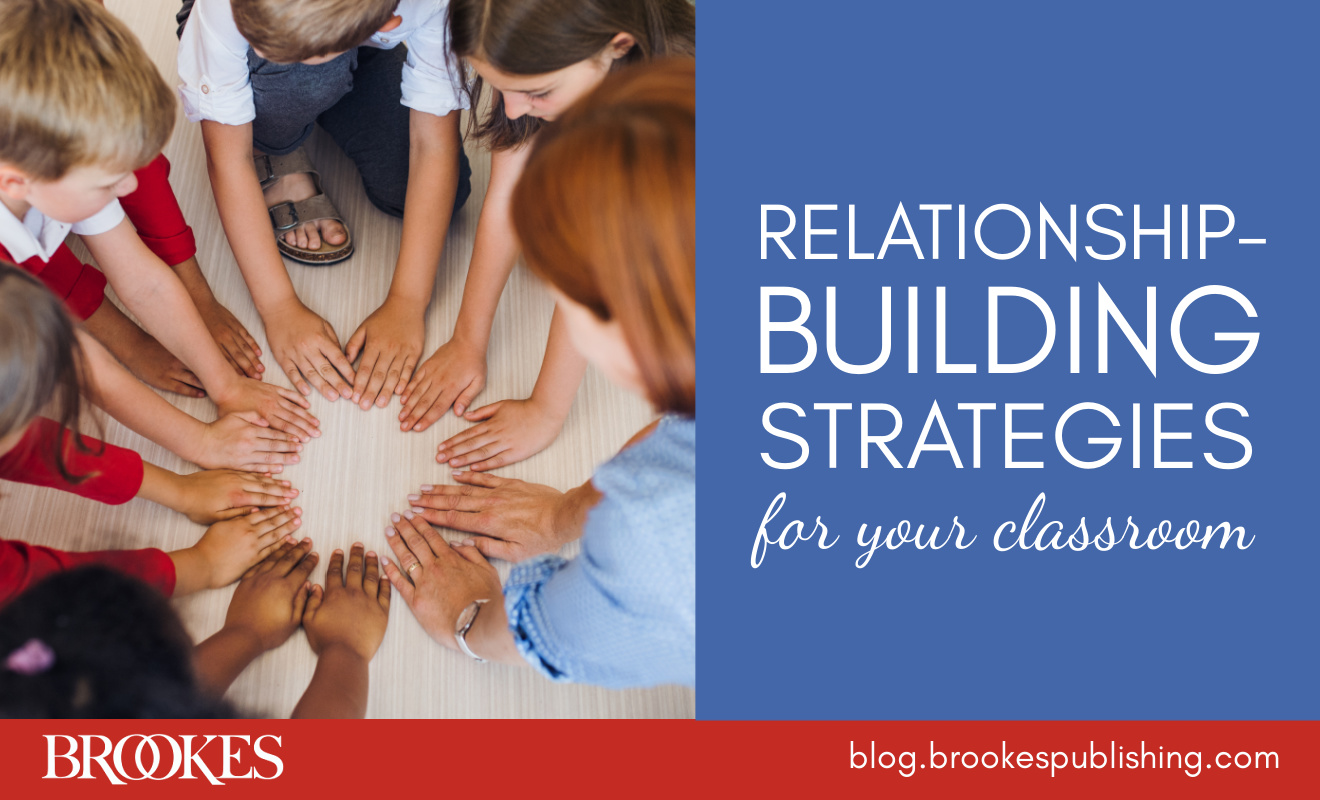
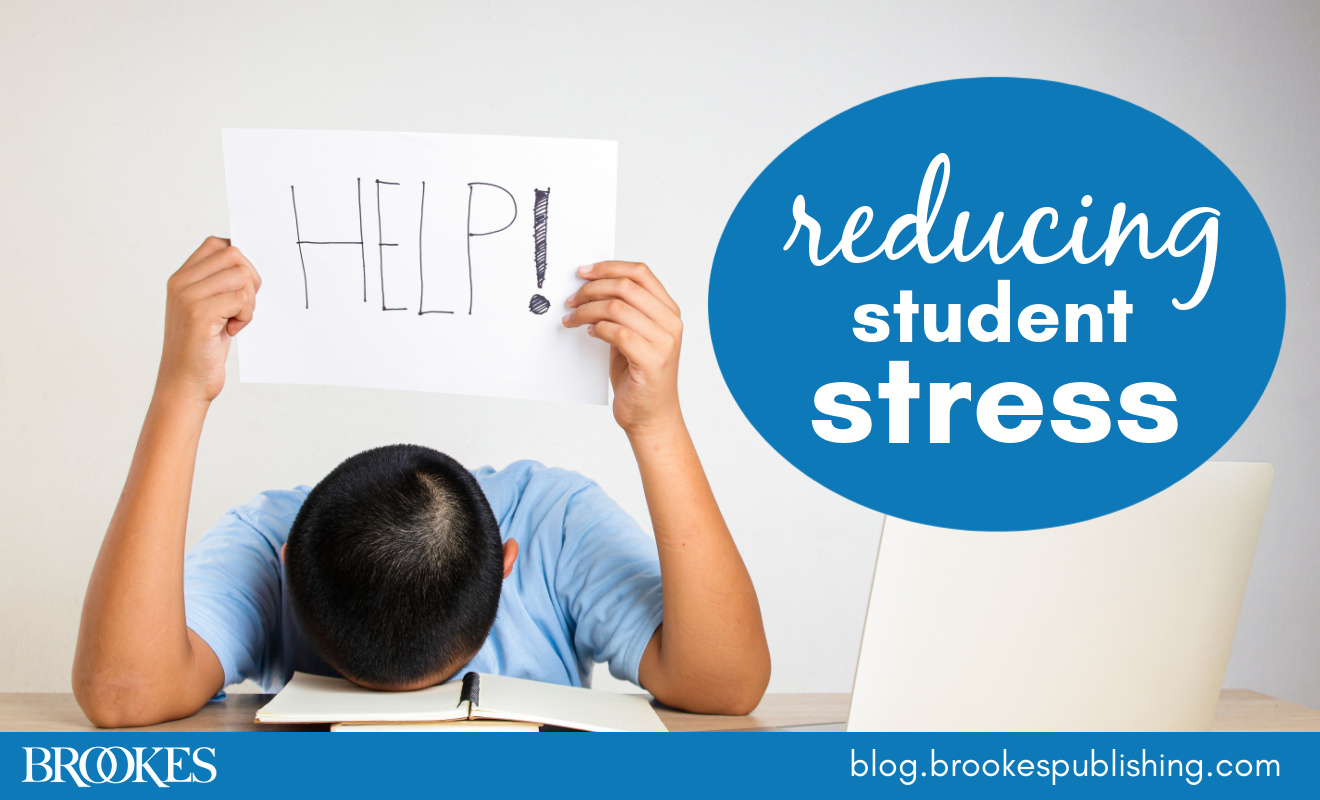
Write a Comment
Your email address will not be published. Required fields are marked *
Post a Comment